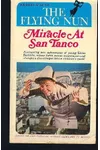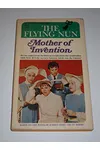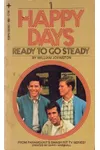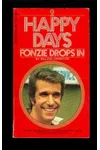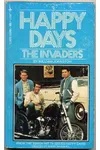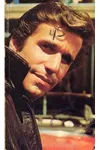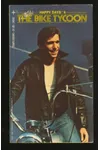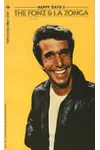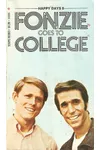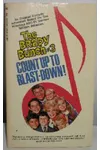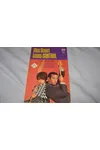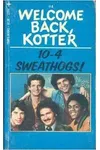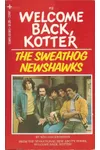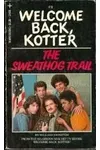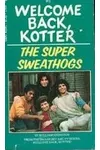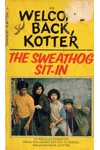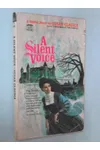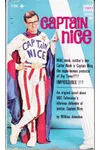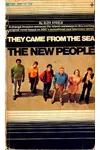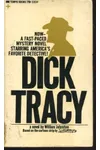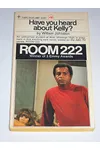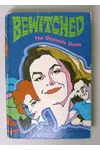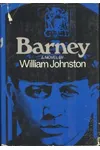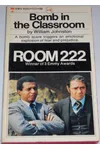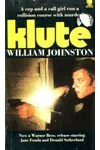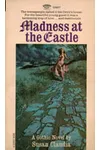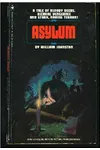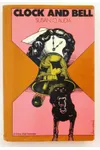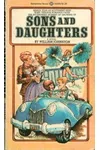Picture a storyteller who spun the zany world of secret agents and sitcoms into page-turning novels—meet William Johnston! Born in 1924 in Lincoln, Illinois, this American author became a master of tie-in novels, bringing beloved TV shows like Get Smart to life. With a knack for capturing the humor and heart of mid-20th-century pop culture, Johnston’s books were a hit with readers craving more of their favorite characters.
From his naval service in World War II to his prolific writing career, Johnston’s life was as colorful as the stories he told. Let’s dive into the world of this unsung hero of pulp fiction, whose pen brought laughter and adventure to countless fans.
The Making of William Johnston
William Joseph Johnston grew up in Springfield, Illinois, the son of John and Lucille Johnston. His early years were shaped by the Great Depression, but his spirit of adventure led him to enlist in the U.S. Navy Air Corps in 1942. Serving as a radio operator and gunner in the Pacific Theater, Johnston’s wartime experiences instilled a discipline that later fueled his writing. After the war, he dabbled in radio as a disc jockey at WTAX and worked as a news reporter and press agent, handling accounts like Lionel trains. By 1960, Johnston took a leap into freelance writing, kicking off a career that would span over 100 books.
William Johnston’s Unforgettable Stories
Johnston’s claim to fame was his ability to transform TV shows into novels that captured their essence. His Get Smart series, starting with the 1965 novel Get Smart!, followed the bumbling spy Maxwell Smart and his quirky adventures with FLAG against the evil KAOS. Over nine books, Johnston nailed the show’s slapstick humor, making readers chuckle with every perilous pellet and ghastly ghost affair. His quick wit and fast-paced storytelling kept fans hooked.
Beyond Get Smart, Johnston tackled a dizzying array of TV tie-ins, from The Munsters’ spooky charm to The Brady Bunch’s wholesome antics. His 1967 novel Captain Nice brought a superhero spoof to life, while Happy Days books like Fonzie Drops In (1977) captured the retro cool of the Fonz. Johnston also wrote under pseudonyms like Susan Claudia and Alex Steele, crafting pulp novels with ribald themes for adults. His versatility shone through, whether adapting cartoon characters like Snagglepuss or penning medical romances like Doctor Starr.
Johnston’s style was all about accessibility—his books, often published by Tempo and Ace, were marketed to kids and teens, making them perfect for young readers. He worked fast, often under tight deadlines, yet managed to weave in the spirit of the shows. While critics rarely reviewed tie-ins, Johnston’s peers praised his ability to churn out engaging stories at lightning speed.
Why William Johnston Matters
William Johnston’s work bridged the gap between television and literature, keeping fans connected to their favorite shows long before streaming marathons. His tie-in novels were more than merchandise—they were gateways to storytelling for young readers, blending humor and adventure. Johnston’s Get Smart series, in particular, cemented his place in pop culture, capturing the 1960s’ spy craze with a playful wink.
His legacy lives on through the nostalgia of his readers and the recognition he received, like the Grand Master Scribe Award from the International Association of Media Tie-in Writers. Johnston’s story reminds us that even “forgotten” authors can leave a lasting mark by bringing joy to everyday readers. After retiring, he ran a bar called The Blind Pig in Massapequa, proving his knack for reinventing himself until his death in 2010.
- Born: January 11, 1924, Lincoln, Illinois
- Key Works: Get Smart!, Happy Days, The Munsters, Captain Nice
- Award: Grand Master Scribe Award (International Association of Media Tie-in Writers)
- Died: October 15, 2010, San Jose, California
Ready to chuckle with Maxwell Smart or cruise with the Fonz? Snag Get Smart! or Fonzie Drops In and dive into William Johnston’s hilarious world of tie-in treasures!
